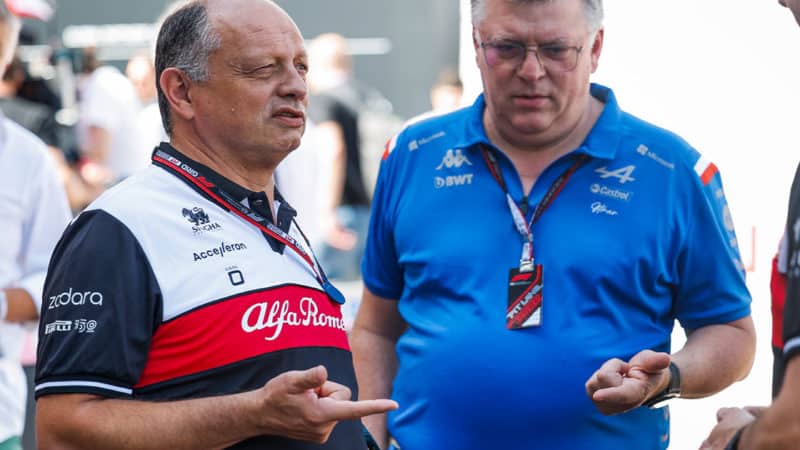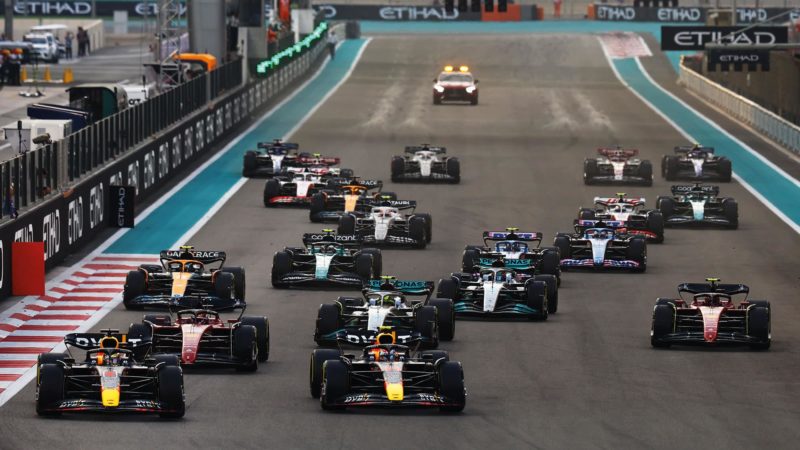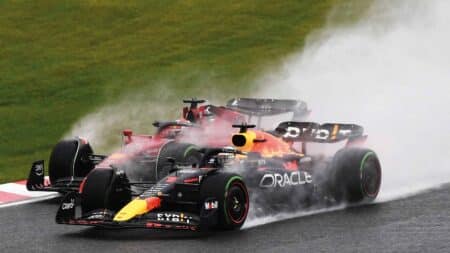That belief, or perhaps more specifically that expectation, has been a big part of the reasoning behind all the team management changes in recent weeks. Before Christmas, Mattia Binotto left Ferrari to be replaced by Frederic Vasseur, Andreas Seidl then was allowed to make an early departure from McLaren to become CEO at Hinwil, and Andrea Stella took over from Seidl at McLaren.
Some of it was triggered by Ferrari’s dissatisfaction at results, but there are new team bosses at two teams and two more vacancies – at Williams and Alfa Romeo where Seidl will find someone to work below him – heading into 2023. That comes after Alpine made a change 12 months ago installing Otmar Szafnauer, and Mike Krack was named as his replacement at Aston Martin.
It really is a time of major change in Formula 1. Team principals have previously had a far longer shelf life than football managers or similar, but the new era of a financially-regulated sport that wants to deliver closely-matched teams means more and more are under the impression that they aren’t lacking as much as they were in the past, and therefore the performances of the personnel comes under even greater scrutiny.

The grid being closer than ever could encourage a ‘fire-and-hire’ culture in F1
DPPI
But this certainly remains a sport where quick fixes are few and far between. Development takes time, manufacturing takes time, engineering takes time, hiring of quality people takes time… And against that backdrop it’s clear that the blame for a current lack of performance rarely lies fully at the team principal’s door.
Which is why it’s such an intriguing period for all of the teams on the grid. Red Bull and Mercedes are very settled with their management structures, and the same can be said for Guenther Steiner at Haas while AlphaTauri appears to be retaining faith in Franz Tost. But for the remaining six teams there are either projects that are in their infancy or ones being completely restarted right this second, and the intention will be for them to be long-term ones.


